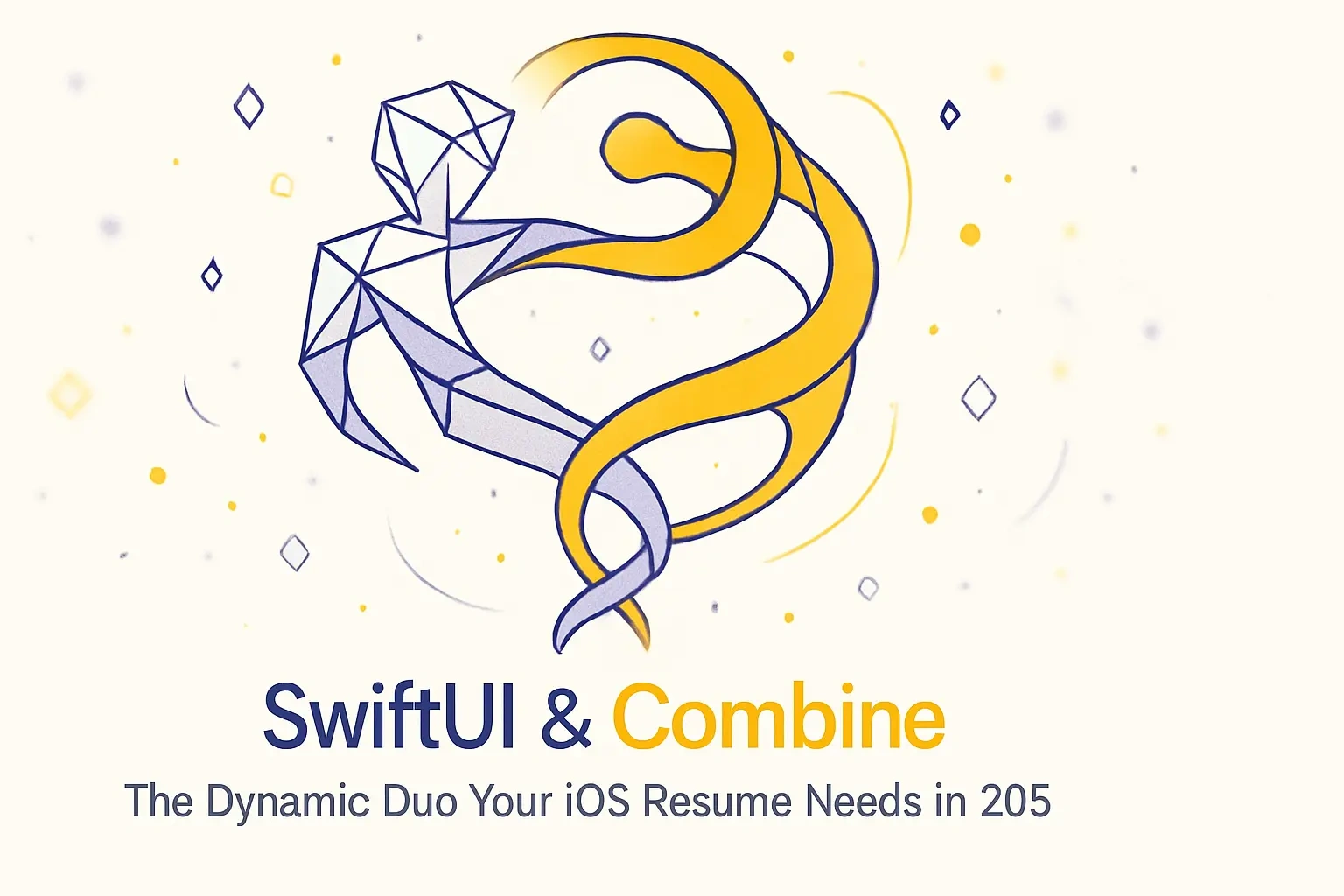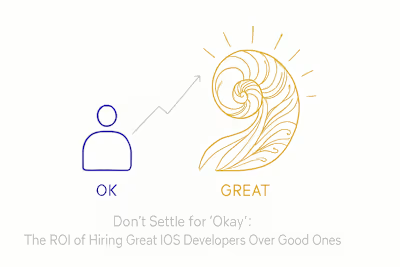SwiftUI & Combine: The Dynamic Duo Your iOS Resume Needs in 2025

SwiftUI & Combine: The Dynamic Duo Your iOS Resume Needs in 2025
What Are SwiftUI and Combine?
SwiftUI: The Declarative UI Framework
Combine: Handling Asynchronous Events with Ease
The Synergy: How SwiftUI and Combine Work Together
A Match Made in Cupertino: The Reactive Loop
Practical Example: Building a Simple Data-Driven View
Why This Duo is a Must-Have Skill for Freelancers
Increased Efficiency and Faster Development
Building Modern, Multi-Platform Applications
Improved Code Quality and Maintainability
Getting Started: Your Learning Path
Mastering the Fundamentals
Tackling Real-World Projects
Conclusion
References
SwiftUI & Combine: The Dynamic Duo Your iOS Resume Needs in 2025
What Are SwiftUI and Combine?
SwiftUI: The Declarative UI Framework
VStack. Want something centered? Wrap it in Center(). Your future self (and your teammates) will thank you for code that's this clear.Combine: Handling Asynchronous Events with Ease
The Synergy: How SwiftUI and Combine Work Together
A Match Made in Cupertino: The Reactive Loop
@Published and @StateObject.Practical Example: Building a Simple Data-Driven View
TextField bound to a @Published property in your view model. As users type, this property automatically updates.@Published property. Your SwiftUI list automatically updates to show the new recipes. Loading states? Just another published property that SwiftUI watches.Why This Duo is a Must-Have Skill for Freelancers
Increased Efficiency and Faster Development
Building Modern, Multi-Platform Applications
Improved Code Quality and Maintainability
Getting Started: Your Learning Path
Mastering the Fundamentals
@State, @Binding, and @StateObject Layout system: Stacks, grids, and spacing Navigation: Moving between screensTimer and NotificationCenter. Learn to transform data with operators like map and filter. Then tackle more complex scenarios like network requests and error handling.Tackling Real-World Projects
Conclusion
References
Posted Jul 6, 2025
Unlock the power of modern iOS development. Learn why SwiftUI and Combine are the essential frameworks for building reactive, efficient, and in-demand applications.









